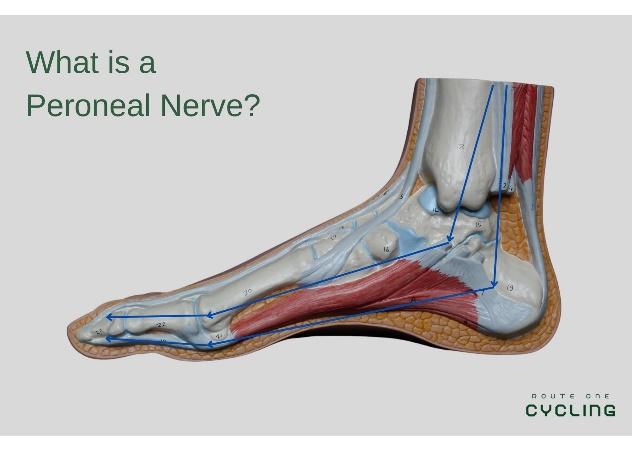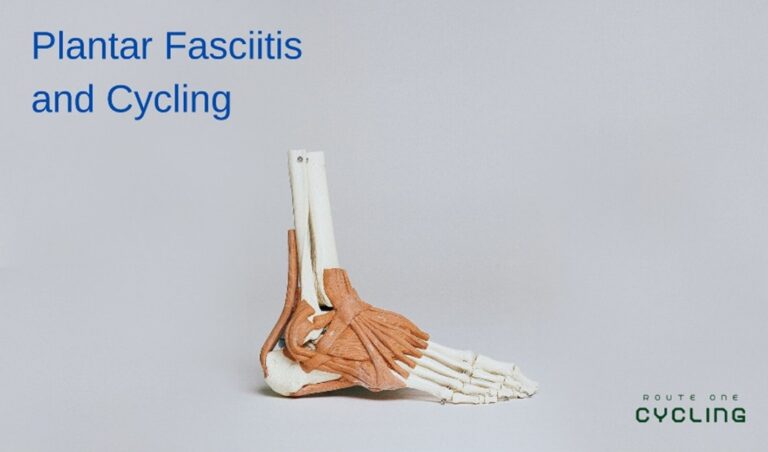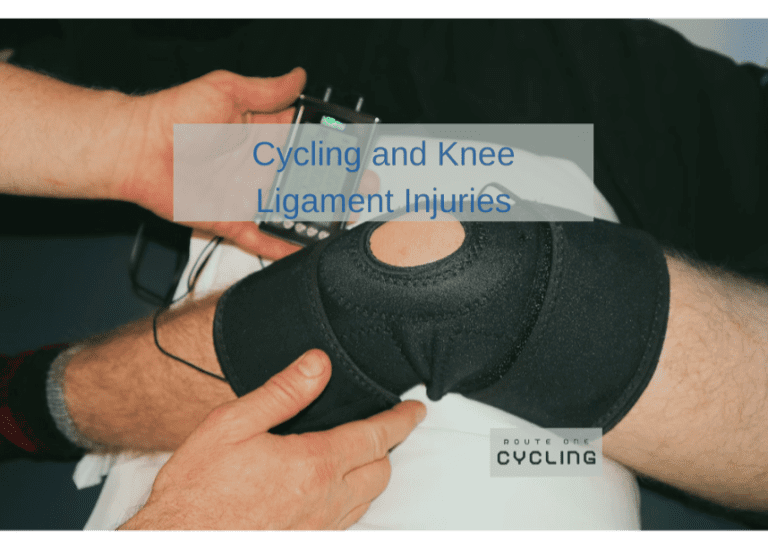Is Cycling Good for Gluteal Tendinopathy? (Dead Butt Syndrome Pain Guide)
You wake up in the morning and you feel great. However, throughout the day, you start to develop the chronic pain that has been with you for the last month, It can really wear you out, make you feel exhausted and just want to sit down. Totally understood. For years I dealt with tendon issues while running and cycling and I am happy to share how I worked with my trainers on the bike to help my case, and hopefully this will help yours as well. Is cycling good for gluteal tendinopathy? Yes, it is great for your Dead Butt Syndrome (DBS) if you cycle correctly for your body.
In this post we will go over how to cycle to help repair your gluteal tendinopathy. We will go over how to tell if you are putting too much load on the tendon to heal properly. We will also go over other strategies to help improve your body around the tendon. Following the end of this read, you should understand all about the problem, and have a wealth of knowledge to solve it.
Is cycling good for gluteal tendinopathy?
Cycling is great for Gluteal Tendinopathy. What is important while cycling is that you:
- Focus on Tendon Load: Cycle with enough intensity to get blood flowing to the affected area, and the tendon is strengthened
- Be kind to the tendon: Do not cycle with so much intensity that the tendon does not have room to heal
Effectively, it is important that you find a middle ground for the tendon to be able to heal through development. If you go too easy on the tendon, then there will not be enough of a trigger for it to understand that it needs to strengthen. If you work the area too hard, you will suffer severe pain, and the tendon will weaken.
How do I find the middle ground for my Gluteal Tendinopathy?
When you are cycling for your gluteal tendinopathy, you should feel:
- Pain in the rage of 3/10-5/10
- No pain 1 hour after your ride is complete
- No pain or soreness the morning after
If this is how you feel during and after your ride, then you should be in the sweet spot that allows your body to heal.
This means that you do not have to avoid inclines as long as it feels good to your body and tendon. If it causes severe pain or puts the tendon under too great of a load, then ease off.
How else can I heal my gluteal tendinopathy?
The goal for your body is to create a true healing regimen. Other aspects of a fantastic healing regimen include:
Massage
We discuss a guide to giving yourself a great, healing personal deep tissue massage, here. The goal of the massage is to aid in a faster recovery, so that you are able to work the tendon again and bring it to a space where it is able to strengthen once again. If you are doing it correctly with the help of an anti-inflammatory aid (Shea Butter Guide Here) then the inflammation around your ligaments will decrease.
Stretch
You will want to stretch the ligaments. If it is possible to stretch the ligament dynamically, then this is preferred. Static may be done only if you are stretching the body after the workout. Static stretching occurring before the workout, and with the muscles cold leaves much room for the muscle to injure itself.
Stretches such as swans will give you the most relief if done after a workout and after a brief muscle massage. To make the stretch more effective and ease inflammation further while doing a swan, I like to allow the lacrosse ball to lay in-between my body and the ground where the tendon typically becomes inflamed.
Ice
Icing is the tried and true method to help the tendon recover, and be prepared for another strengthening session the next day. Ice for 10 minutes, or until the body becomes numb. Then ice for 10 minutes after for a total of 20 minutes or 10 minutes following body numbing. This will calm the area and signal to the body that it is time to relax the amount of blood flow being sent to the area.
What is the best exercise for Gluteal Tendinopathy?
Here are 2 exercises that are great for Gluteal Tendinopathy.
- Gluteal Bridges
- Clamshells
Gluteal Bridges
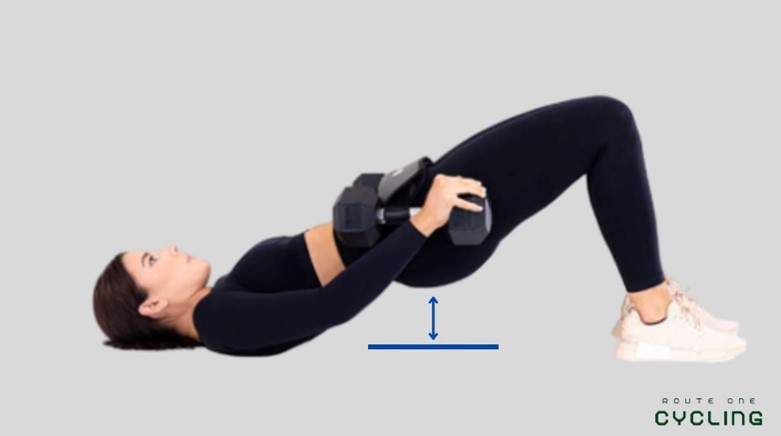

Gluteal Bridges are great because they directly target the muscles within the glutes. They also strengthen areas of the lower back and hamstrings which is where it is possible for pain to manifest if there is weakness in the gluteal tendon.
- Sit on the ground with feet hip width apart.
- Engage your core so that the lower back is flat on the ground. This will ensure that you are protecting the lower back while performing the exercise.
- Peel your buttocks, lower back and mid-back (Like a cobra snake, vertebrae by vertabrae) through to the bottom of your scapula off of the ground and create a straight line in the air with your body. Your chest should be raised to your chin.
- Lower down slowly and repeat 10 times, daily.
Clamshells
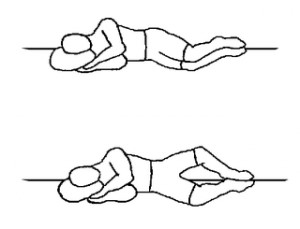

Clamshells are excellent because they target nothing else other than the muscles in the gluteus medias.
- Lay on your side with one pillow supporting your neck.
- Rest your legs to one side with your knees closed like the pages of a book. Your eyes should be looking down at the legs. Note: For best results, ensure that your hips are perpendicular into the ground. You specifically want to feel the side of your hip bone against the ground throughout the exercise. If you roll in any direction during the exercise, the glute will not receive the strengthening that we set our time aside to give it.
- Raise the upper knee to a 45 degree angle off of the ground.
- Lower down slowly and repeat 10 times, daily on each side.
Your body will tell you when you are doing the excessive correctly. If you feel that the quad is getting tired, then this is incorrect. If you feel a sharp, targeted burn in your glute then you are doing the clamshell correctly.
For more accurate muscle targeting: Try visualizing that where your feet connect is the spine of a book that is opening and closing.
Can I cycle with Gluteal Tendinopathy?
You should exercise and cycle with Gluteal Tendinopathy. Simply resting the body will decrease pain, yes but it will not improve the condition of the body and the pain will come back. If you exercise with the pain, you will strengthen the area and the pain will decrease. What is important is knowing the specific amount of time and load that you want to put on the tendon for it to be constructive and help it develop.
Conclusion
In this post you should have learned how to strengthen the gluteal tendon through cycling. You also should have learned what to do directly following your cycling session to make sure that you recover well and are ready for the next ride following. Along with these things listed above, a great nutritional regimen will lead to great development of the body and health.

![Is stationary cycling good for sciatica? [How I cured my sciatica pain]](https://routeonecycling.com/wp-content/uploads/2023/03/is-stationary-cycling-good-for-sciatica1.jpeg)
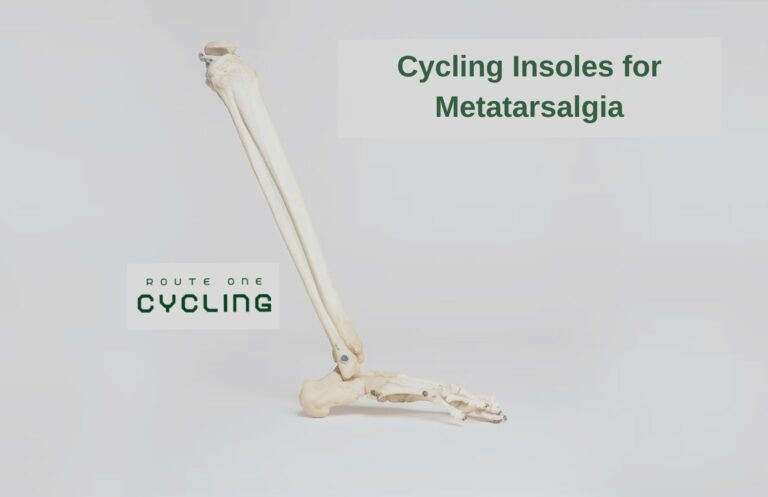
![Is cycling good for PCOS? [My Aunt’s story – all you need to know about cycling lifestyle changes and PCOS]](https://routeonecycling.com/wp-content/uploads/2023/04/Is-cycling-good-for-PCOS1.png)
